The FIA has begun simulating different qualifying formats for the 2022 Formula E season after teams and drivers have made it clear the present system needs revising.
The Race has learned that among options being looked at are two-car knock-out formats. But these are unlikely to be chosen due to the amount of time they would take up in the single-day Formula E timetable.
The method currently used for forming the Formula E grid features four groups of six drivers, determined by championship positions, with the fastest six in the combined session classification going through to a single-lap superpole shootout.
That format though has come under fire this season due to the earlier groups – where the top drivers in the championship run – usually getting the worst of the track conditions on circuits that are seldom or never used.
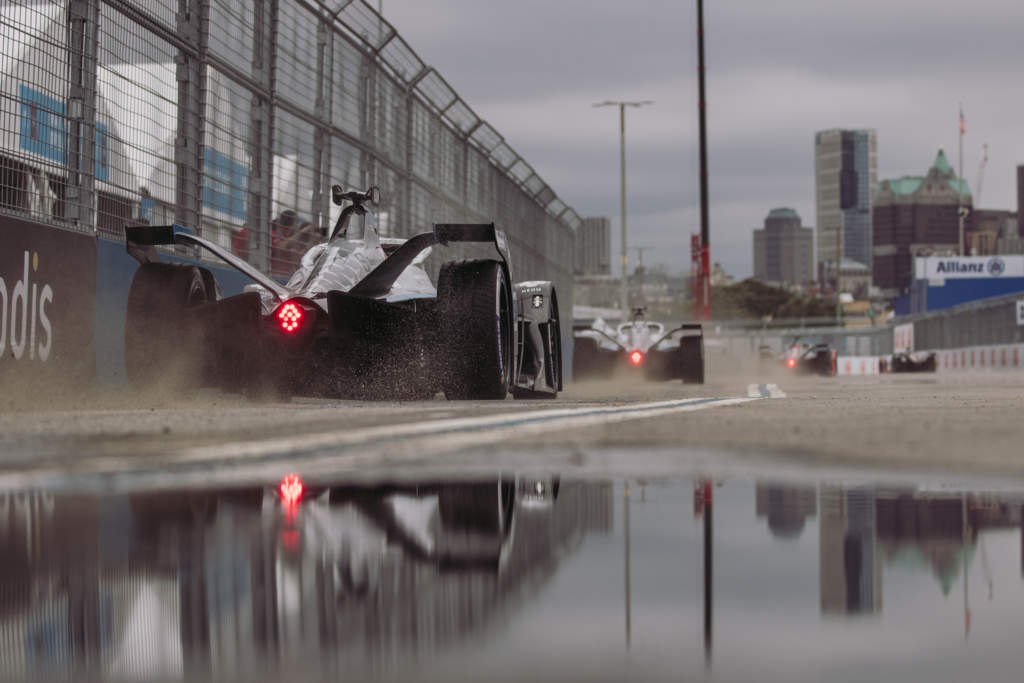
It is this, combined with the cars naturally getting closer in performance in the third season of the Gen2 rules, that has exacerbated the general trend of the first qualifying group being seen to unjustly penalise drivers for prior success.
Calls for the system to be changed have grown louder in recent races, with current points leader Sam Bird believing that the format now limits the ability to recover from a group one compromised qualifying.
“I think if you give the same thing to Formula 1, they’d still come through and win but it’s so tight in Formula E now,” said Bird, who also told The Race that he has submitted his own ideas to Formula E on what could replace the current system.
“There’s no real opportunity to race through like there used to be.
“I mean, look at season four [2017-18] where the Audi was clearly just driving past everybody and I’d be hanging on somewhere and they just fly by.
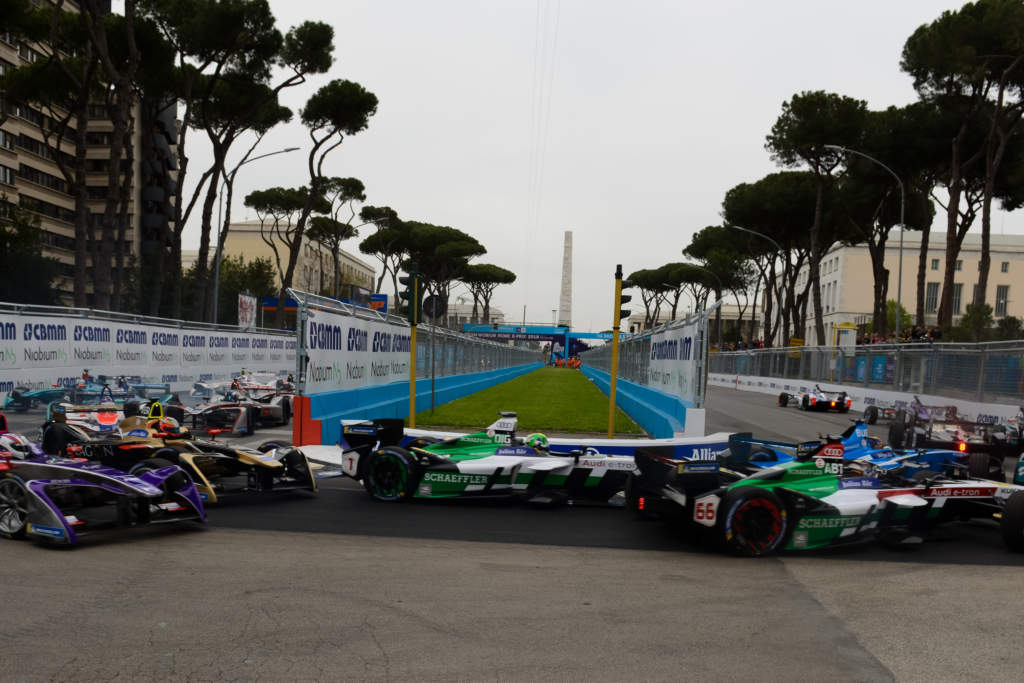
“But those days are pretty much over now and everybody’s lifting at pretty much the same point, extracting the same thing.”
It has been evident this season that being in the first qualifying group has been a huge disadvantage.
Only three drivers have managed to make it through from group one to superpole in 11 sessions – Nyck de Vries in the first Valencia race; Robin Frijns and Mitch Evans in Monaco; and Evans again in the second New York City race earlier this month.
The FIA is now looking closely at how it can try to limit the impact of the groups and change the subsequent behaviour in group one, which often spills over into ludicrous ‘cat and mouse’ games being played out between teams in order to see who can get out of the pits last and cross the start-finish line the latest within the allotted five minutes of time.
Frederic Bertrand, the director of the FIA’s Formula E & innovative sport activities department, told The Race that “options are numerous” but it is “super difficult to be sure that what we will choose is better than what we have”.
“Should it be a short session before very close to the qualifying to have a car going for a few laps and then putting the right rubber on track and cleaning it properly?” wondered Bertrand.
“But the scenario of this group system is more on reducing the impact within the group itself.
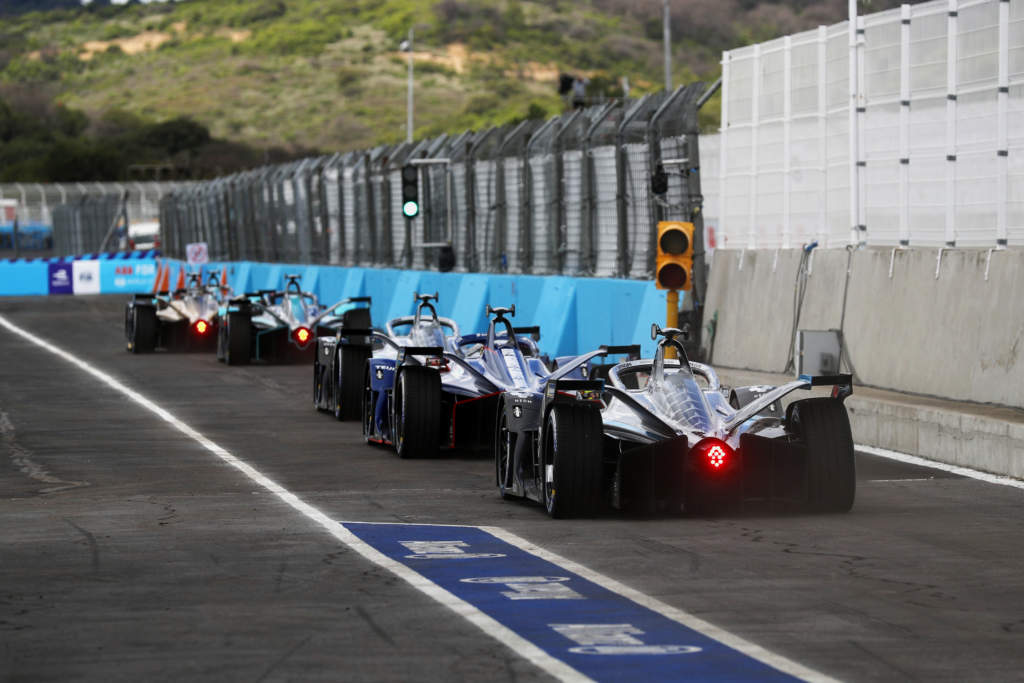
“The second action is between two groups. So, between the groups, there are plenty of options you probably heard about – ‘duels’ propositions or we have other systems where we could think of keeping the group as it is, but maybe qualifying more people [in]to a superpole so that they have a better chance to get to the superpole.”
Taking just the top one or two from each group into superpole, instead of taking the overall combined timesheet classification as the basis, is also another option that the FIA is looking at right now.
Bertrand also mentioned “a prerequisite” to any type of change the FIA would want to make, saying that “whatever happens, the leader of the championship must be in the same condition at the end of the championship, so that no one can benefit from better conditions than another”.
With the group one disadvantage too glaring at the moment, a priority is for drivers to be able to recover from running in the opening group and get a genuine crack at the podium if their pace warrants it.
This seldom happens now in 2021. A prime example was Frijns and Maximilian Guenther in the second New York City E-Prix.
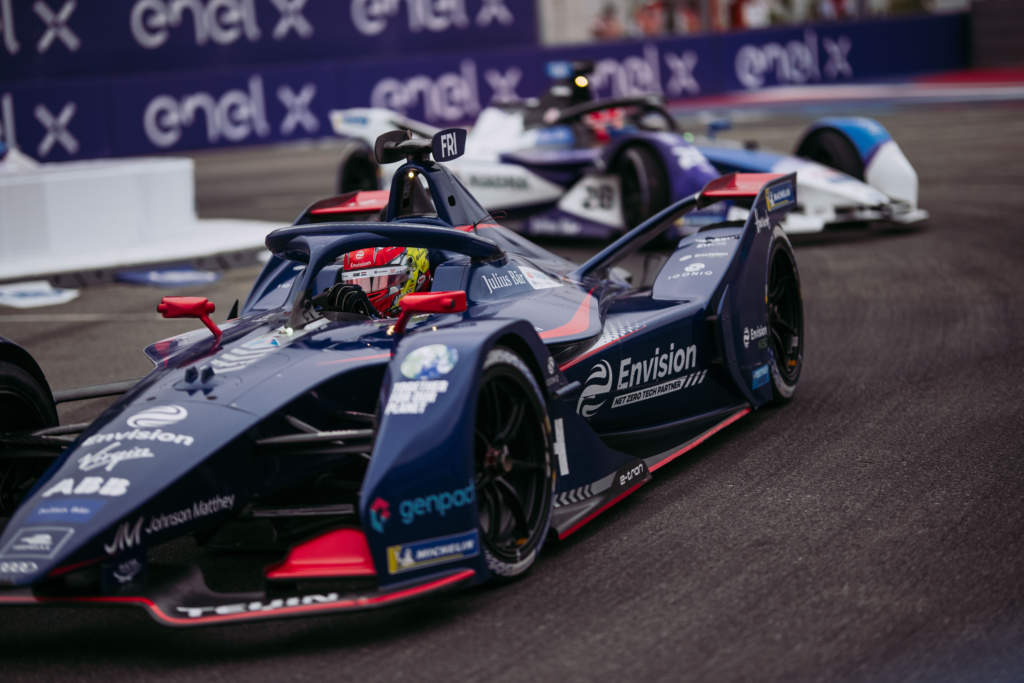
They started in 21st and 23rd positions respectively and were clearly the quickest cars on track in the second phase after stashing energy.
Yet, Frijns could not get beyond eighth position and this was helped by a penalised di Grassi and an energy combustible Sergio Sette Camara; and Guenther grabbed a mere point.
The FIA is always careful not to attract any comparisons between Formula E and F1. This is understandable when the same old tired tropes are spouted forth especially regarding pace on similar circuits.
The Race has discovered that one or two scenarios for Formula E that come closer to F1 qualifying procedures are being simulated.
Bertrand did underline that “we cannot put all the cars at the same time on track” due to the short FE circuit lengths.
“That’s unfortunately too difficult for us to manage because we will have the risk that because of the low level of kilometre we have when we are on the tracks of 2.4 or 2.6 kilometre, even shorter sometimes,” he said.
This plainly would lead to all kinds of blocking accusations and probably create more red-flagged sessions.
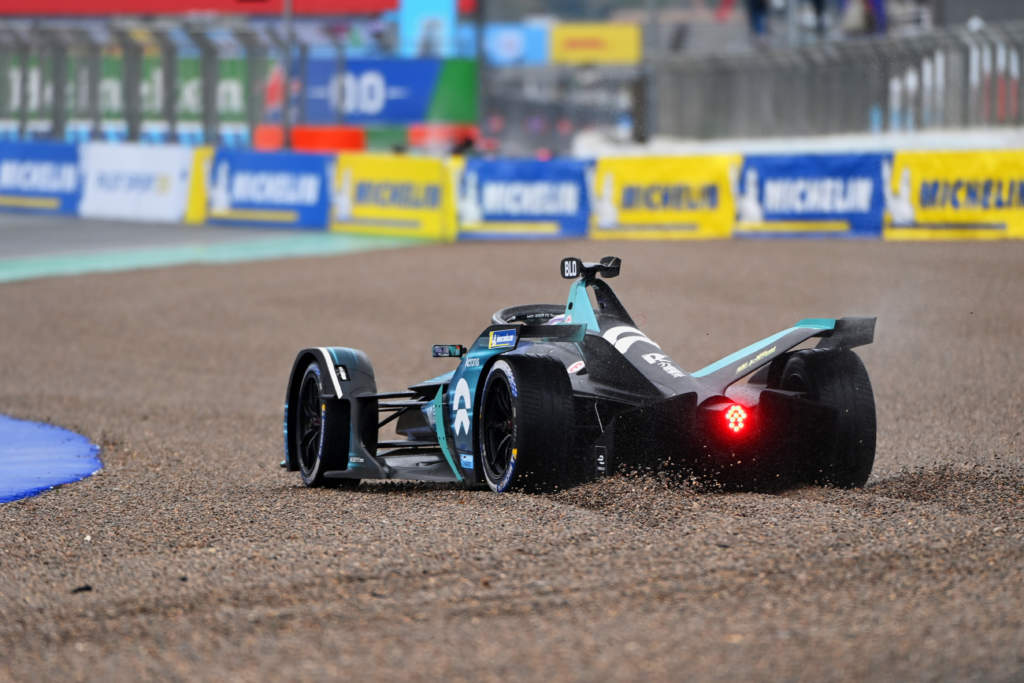
This is why, for the moment at least, the FIA is concentrating on modifying the smaller group qualifying philosophy.
A full ‘knockout’ system has attractions but if it were to be done in pairs and go through to say, for example, a semi-final and then superpole final, surely it would be too long?
Let’s not forget that only around 15% of Formula E’s viewers actually tune in to the grid-making session anyway.
“We have plenty of other options around the current group system where we can improve a little bit, which are also good and maybe shorter,” says Bertrand.
“We will not address it fully until at earliest September.”
Returning to Bird, a driver who has raced in every single E-Prix since the series began in September 2014, he thinks that a shake-up is needed but confesses “I don’t know what the right formula is.”
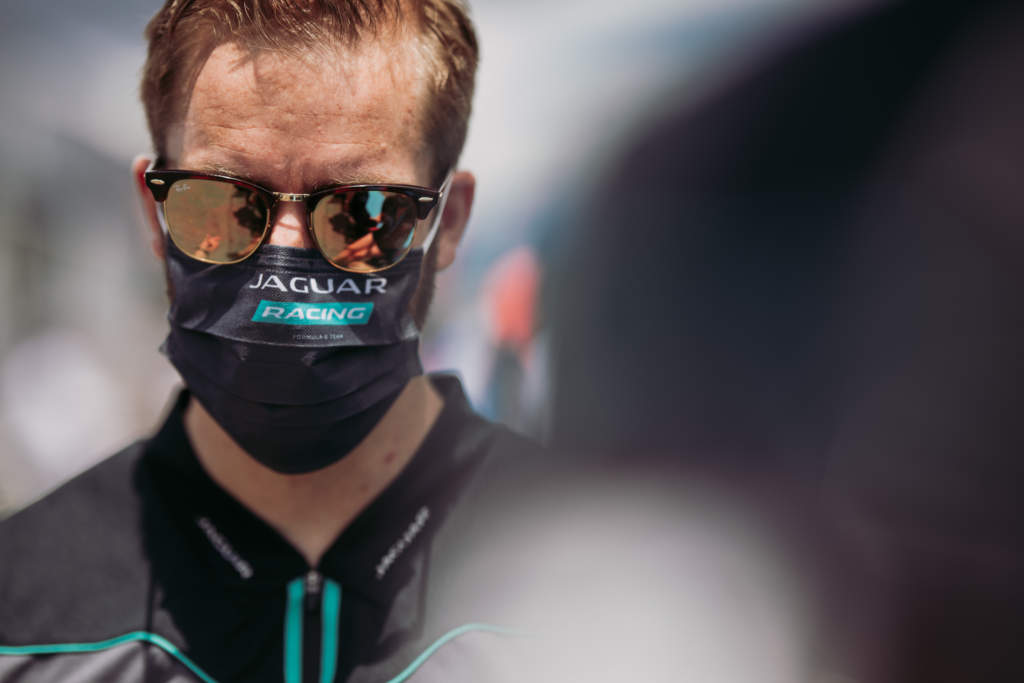
What he does know, is how hard it is for his direct boss – James Barclay – to explain to Jaguar Land Rover executives how one race they are winning and the next they are finishing in 13th position, largely due to the qualifying format.
“How do you explain to the board every weekend, ‘we’re leading the team’s championship’ but ‘where are we with this weekend?'” said Bird.
“When you’ve got a room of people somewhere that aren’t really understanding it and just look at the grid [and say] ‘why are we down there?’ It’s very difficult to explain that.”





